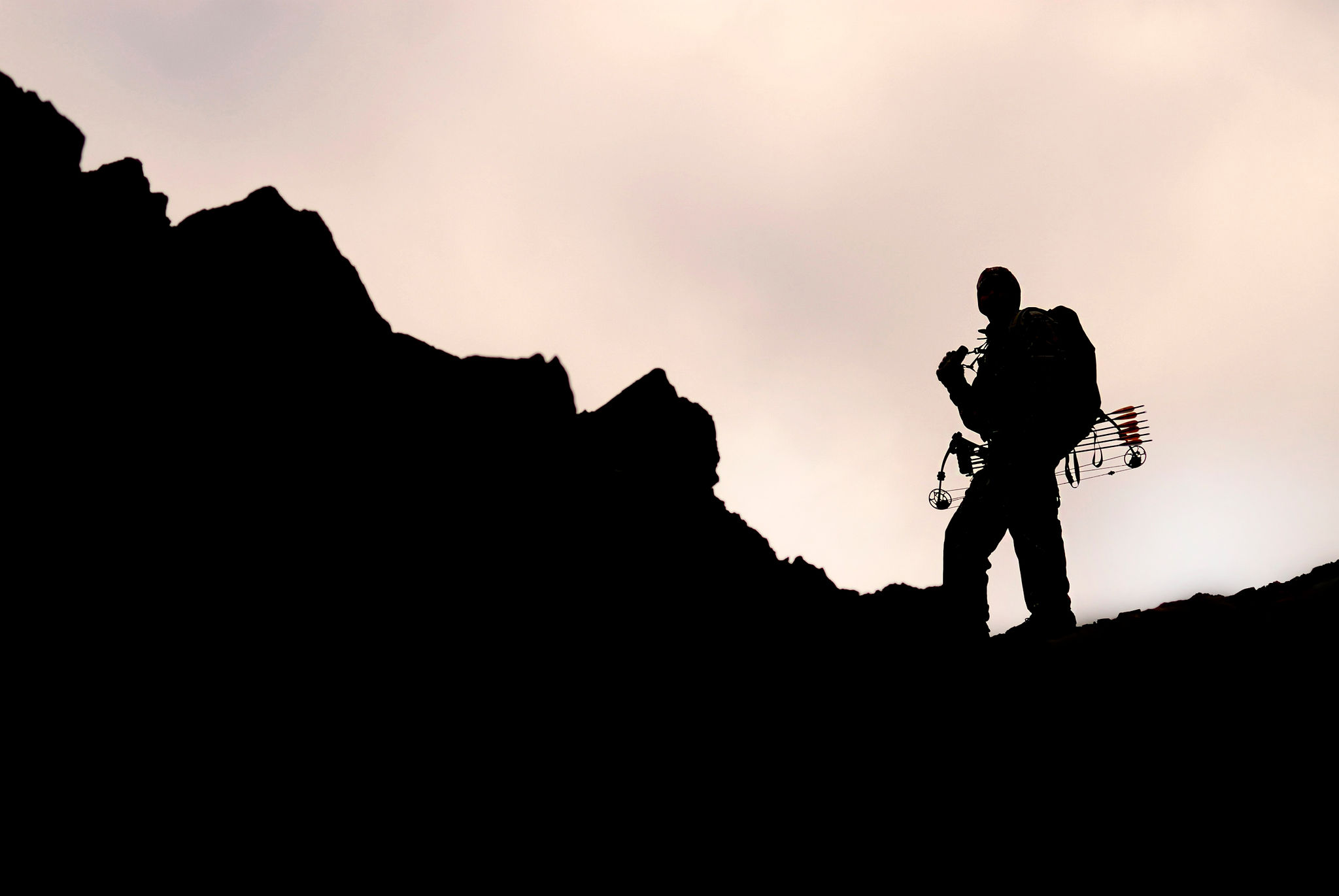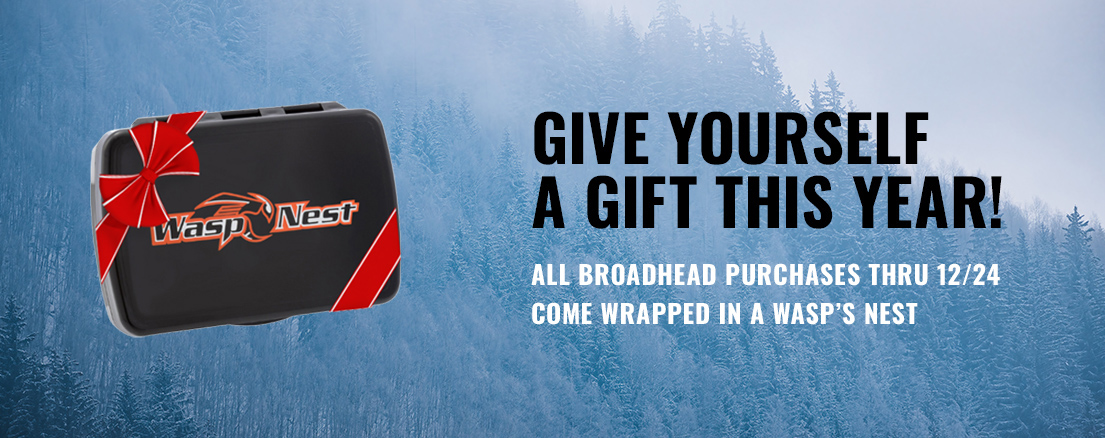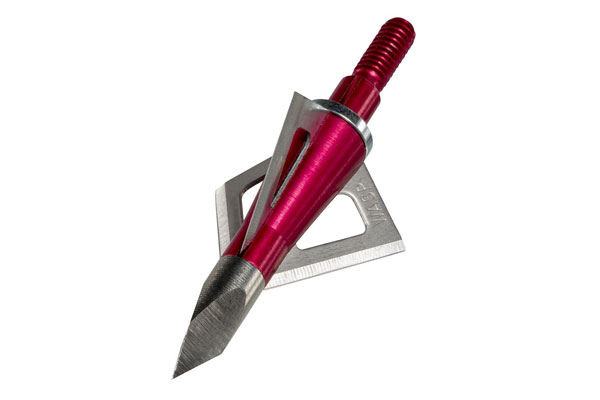Low-Light Shooting Practice for Bowhunters
You’ve probably heard hunters refer to “primetime,” the magical half hour right after dawn and then just before dusk, when many big game animals are most active. It’s a great time to be watching a deer trail or parked over a bear bait. But shooting in such low-light conditions can be problematic. Sometimes it’s challenging just to distinguish an animal’s features and choose the proper aiming spot in diminishing daylight. Add a constricting view through a peep sight and bow-sight housing to the mix, and the difficulty is amplified. Then compound all of that with a big rush of adrenaline.
Think of it like this: If an NFL kicker didn’t practice kicking field goals and suddenly faced a game-deciding, 53-yard field goal in a crosswind with 3 seconds left on the clock, he’d be in big trouble. Likewise, you can’t expect to ace bowhunting shots in low light if you don’t practice for them. To that end, let’s discuss several points you should consider when shooting a bow during “primetime.”
PEEP SIGHT DIAMETER AND COLOR
A peep sight improves your accuracy by causing you to utilize a consistent anchor point with every shot. The smaller the peep sight’s interior diameter, the more consistent your anchor point will be. The constricted view, though, can make seeing something like a deer’s shoulder crease very difficult when darkness looms. For that reason, choosing a larger peep sight will improve your visibility. But, you don’t want your view through the peep to be considerably larger than your bow sight’s scope housing; that will diminish your anchor-point consistency. Ideally, you get a bow sight that adjusts for length so that you can fit the housing perfectly in the peep at full draw.
Peep sight color is another consideration. Some folks prefer bright fluorescent colors such as green or yellow so that they can easily acquire the peep sight in low lighting. While the bright color speeds acquisition, seeing beyond an almost-glowing peep sight can become problematic. Practice in low lighting and determine what best suits you.
HOUSING RINGS AND SIGHT PINS
Most bow sights today include a white, green, or orange ring around the housing’s perimeter. This is highly beneficial; simply center the housing inside your peep sight at full draw. But its true value shines through, pardon the pun, in low light. You’ll not only be able to acquire your sight faster through the peep, but you’ll be able to positively center the housing in the peep sight. Without the bright ring, lining up your sight inside your peep will be nearly impossible in low light.
Most modern sights also use fiber-optic sight pins, which gather light and become easier to see as darkness falls. Sight designs with fibers that are extended and wrapped or coiled into a clear, protective enclosure maximize pin visibility in dim lighting. It’s important to not only see your sight pins, but to be able to identify individual colors so that you can select the correct pin for the shot yardage. If your sight pins lose too much brightness as daylight wanes, select a different bow sight with larger-diameter pins or follow the next step.
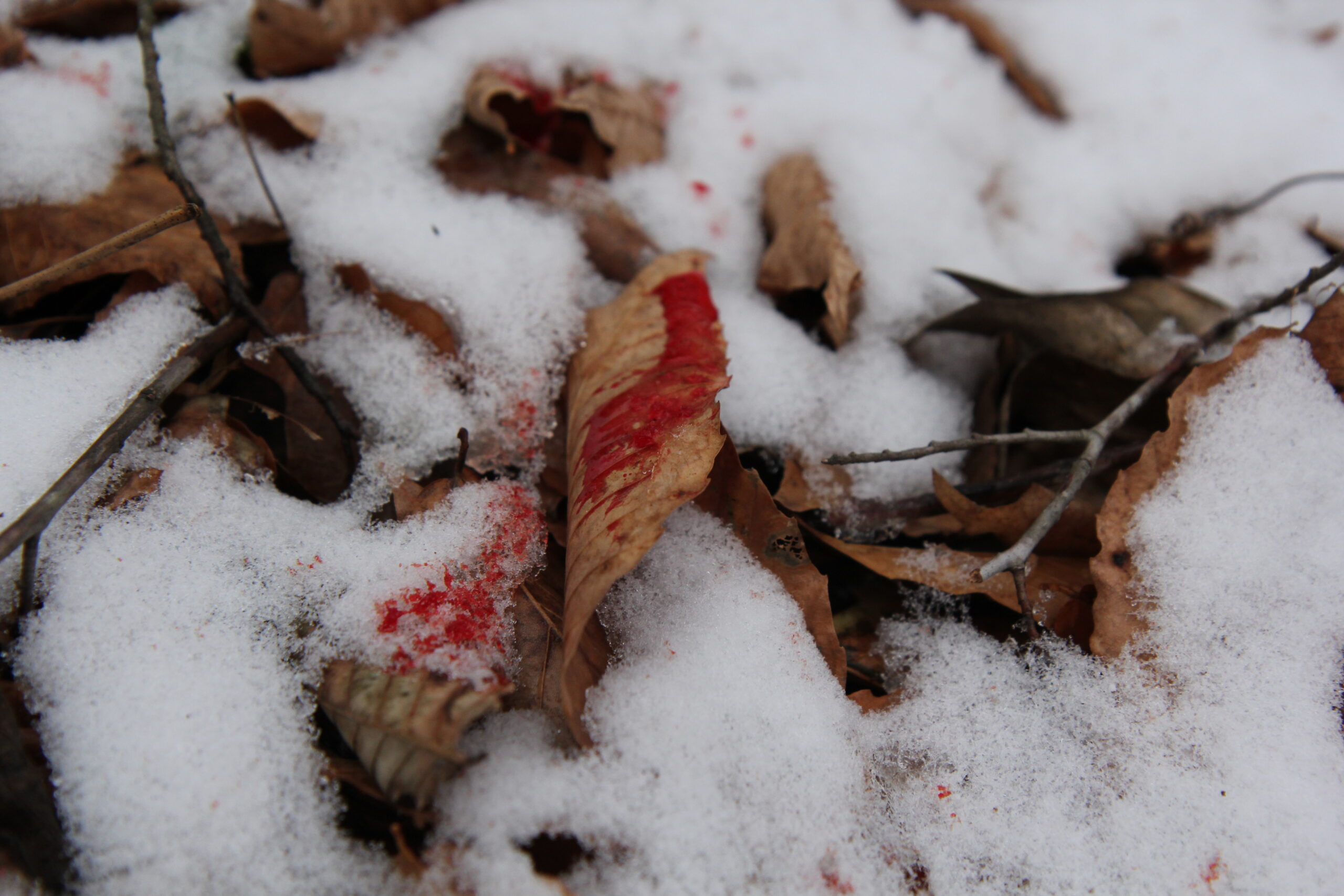
Low-light practice makes perfect … and for easy-to-follow blood trails.
INSTALL A SIGHT LIGHT (IF LEGAL)
One way to increase brightness even more is to utilize a sight light to illuminate your fiber-optic pins. Most sights have a hole drilled and tapped for a light accessory; you simply purchase a sight light and thread it in. Before we get too far, sight lights and other bow-mounted electronics are illegal to use in a few places. Check the hunting regulations for your area before installing one. Avoid lights with a constant on-or-off brightness level. Often, they illuminate the sight pins too much and cause a glare or halo effect that you cannot see beyond. Hunters need a sight light with a rheostat for brightness control. In a dark ground blind during the daytime, full brightness might work wonderfully. But with 1 minute of legal shooting light remaining, minimal illumination will help you distinguish pins while still seeing beyond them to aim.
PRACTICE REALISTIC, LOW-LIGHT DRILLS
There’s a difference between shooting your backyard deer target at 20 yards with daylight dwindling and shooting at a real buck from a treestand through a tight shooting lane at dusk. Bridge the gap between the two in practice. If you have the place to do it, conduct your low-light practice from a treestand or ground blind if you’ll be hunting from one or the other, and then place your target so that it’s partially obstructed with a narrow view to the vitals. The more realistic you make your practice, the better your performance is likely to be in a real hunting encounter.
BE SMART
Even if you’ve proven your proficiency by practicing in low light, there will still be scenarios when taking the shot is unethical, even if it is legal. For example, if you hunt in dark timber for elk or in a ground blind for deer, there will likely be encounters with game when you’re unable to tell exactly which angle the animal is facing, or pick a precise spot for aiming. In that case, save the shot for another day, and don’t take it just because you legally can.
PERFECT PRACTICE

If you want your bow to be set up properly and perfectly tuned, then your field points should be more than an afterthought. Wasp Archery Field Points have a 100% steel construction and are precision weighted and shaped for consistency and perfect arrow flight. They’re also designed for minimal damage to and easy removal from 3D targets. Our field points are available in four thread patterns (19/64, 11/32, 5/16, 9/32) and in either 100- or 125-grain options.
SIDEBAR: THE WASP ARCHERY MORTEM
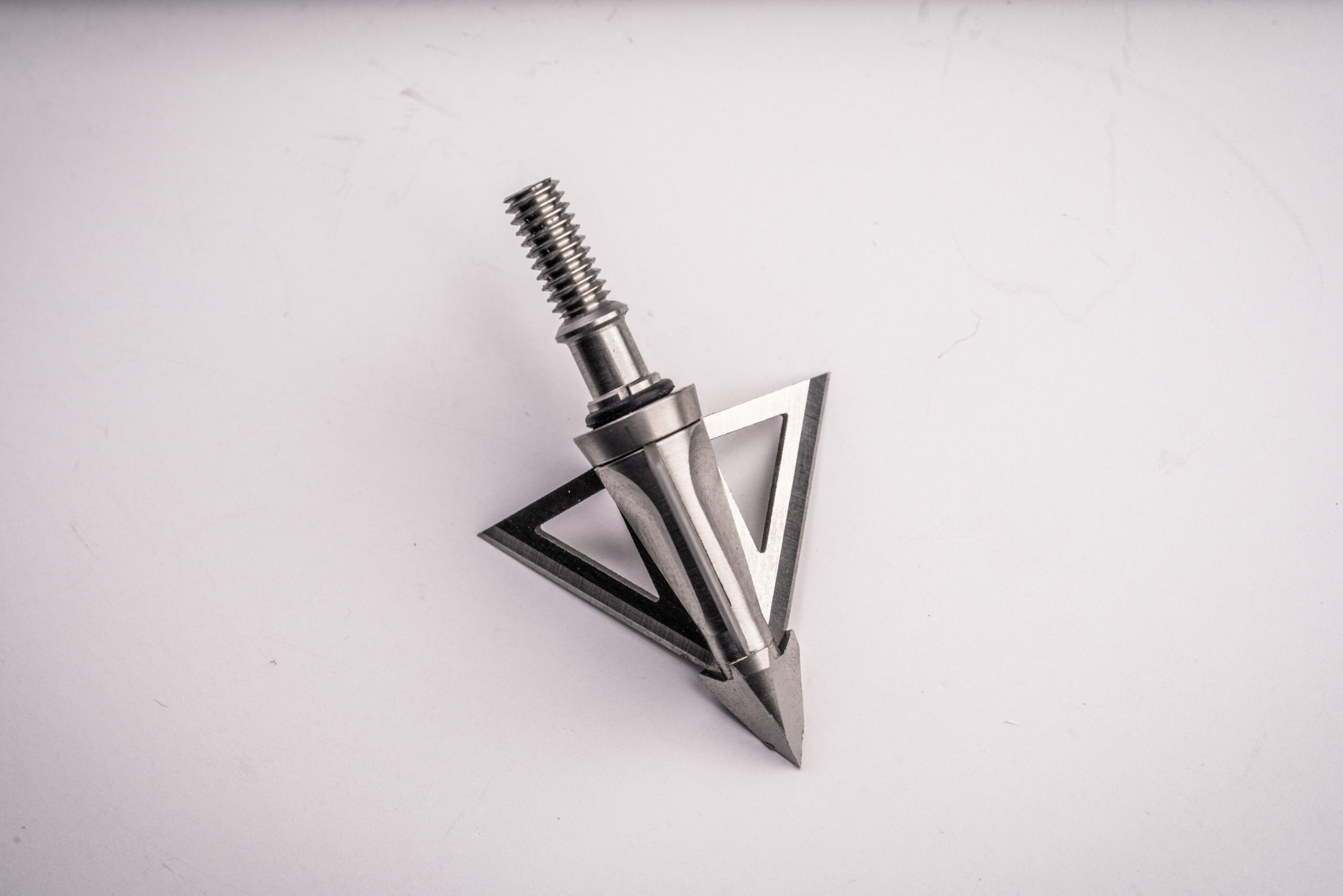
The 3-blade Wasp Mortem is an all stainless-steel fixed-blade broadhead built to the highest standards. The Trocar tip is precision machined and perfectly aligned with the blades for perfect flight, while the blades themselves are durable, sharp, and simple to replace. The Mortem sports a 1 1/8-inch cutting diameter, and a package of three retails for $37.
— Story by Wasp Archery Staff; Bowhunter image by John Hafner
View All Posts